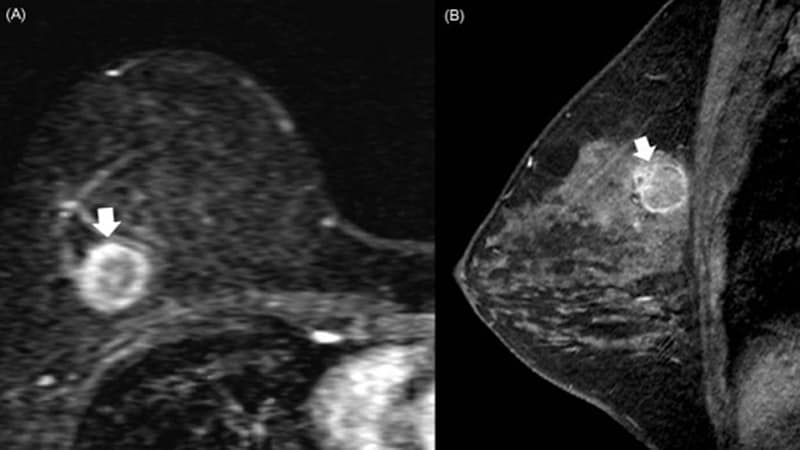TOPLINE:
The risk for cardiovascular diseases (CVDs) is lower in patients with seropositive rheumatoid arthritis (RA) who remain on stable disease-modifying antirheumatic drug (DMARD) therapy than in those whose treatment regimen is not stable.
METHODOLOGY:
- The risk for CVD in patients with RA is closely associated with increasing levels of systemic inflammation; however, the risk for CVD in those with RA who are on stable DMARD therapy is still unknown.
- Researchers assessed the risk for CVD in patients identified from the Norwegian Cardio-Rheuma Register who had at least two seropositive RA diagnosis codes and at least one DMARD prescription.
- They classified patients into two groups: The stable treatment group, comprising patients who retained their initial DMARD throughout follow-up and had no corticosteroid prescriptions beyond the initial 6 months after diagnosis (n = 657; median age, 57 years; 64.2% women), and the nonstable treatment group, comprising the remaining patients (n = 7871; median age, 59 years; 68.8% women).
- All patients were matched 1:10 to control individuals from the general population for birth year and sex.
- The outcome was a five-point major adverse cardiovascular event (5p-MACE), which included acute myocardial infarction, stroke, death due to CVD, and hospitalization for unstable angina or heart failure, with follow-up until the date of outcome, death, or end of the study period, whichever occurred first.
TAKEAWAY:
- The stable treatment and control groups had comparable baseline CVD and associated risk factors (except for diabetes), unlike the nonstable treatment group that had a higher prevalence of established CVD and associated risk factors.
- The risk for 5p-MACE was lower in the stable treatment group than in the nonstable treatment group (adjusted hazard ratio [HR], 0.58; P = .039).
- Moreover, patients in the nonstable treatment group had a higher likelihood of experiencing 5p-MACE than control individuals (HR, 1.39; P < .001).
IN PRACTICE:
"Our results underline the multitude of factors included in the complex pathogenesis of CVD in patients with RA, where CVD risk factors such as smoking, obesity, and physical inactivity are shared between RA morbidity and CVD risk," the authors wrote.
SOURCE:
This study, led by Eirik Ikdahl, MD, of the REMEDY Center for Treatment of Rheumatic and Musculoskeletal Diseases at Diakonhjemmet Hospital, Oslo, Norway, was published online on April 23 in the Annals of the Rheumatic Diseases.
LIMITATIONS:
The study findings did not include measurements for disease activity and, hence, may be considered hypothesis-generating.
DISCLOSURES:
The study was supported by internal funds from the REMEDY Center for Treatment of Rheumatic and Musculoskeletal Diseases, Diakonhjemmet Hospital, Oslo, Norway. One author declared receiving speaker fees, and another declared receiving speaker fees and support for attending meetings or traveling from various sources.

.webp) 2 weeks ago
7
2 weeks ago
7


























 English (US)
English (US)